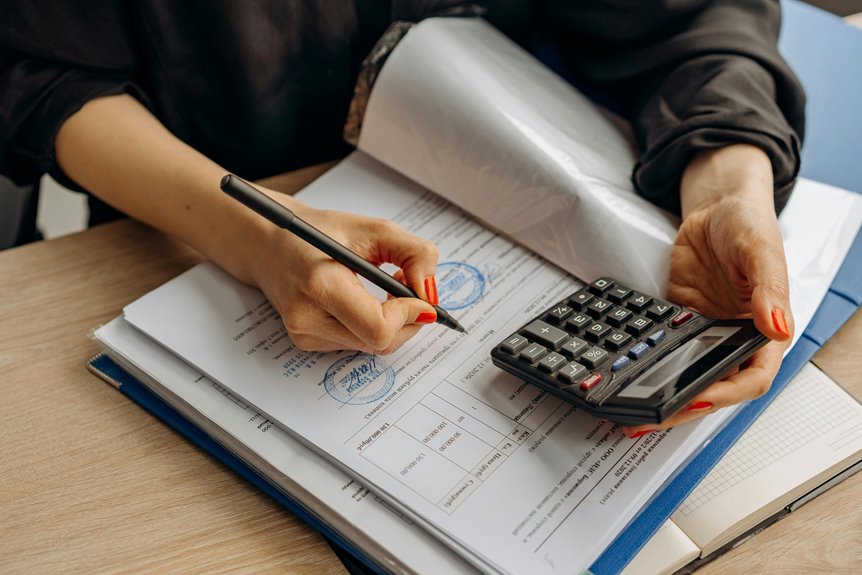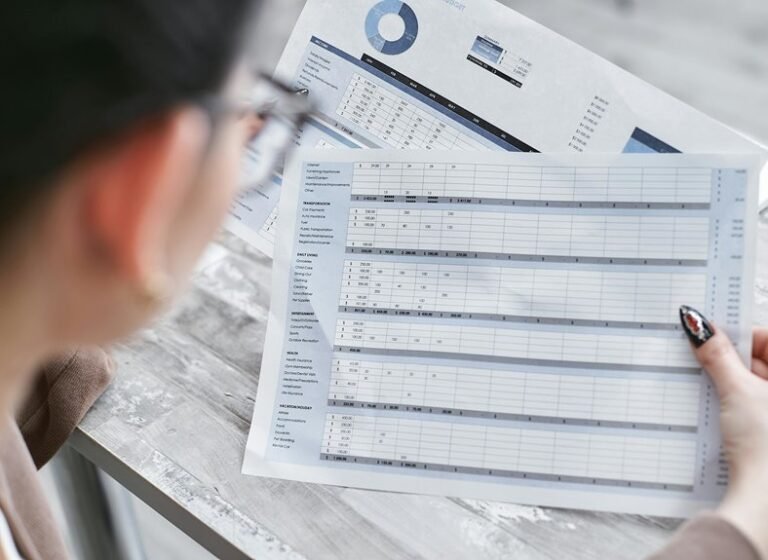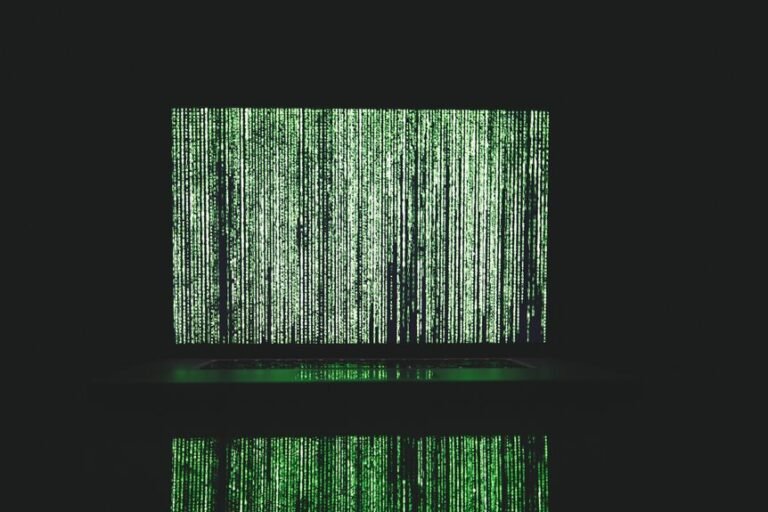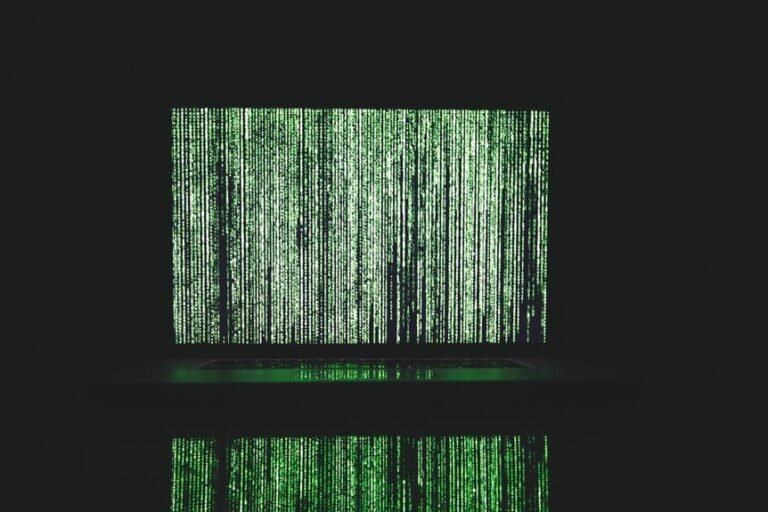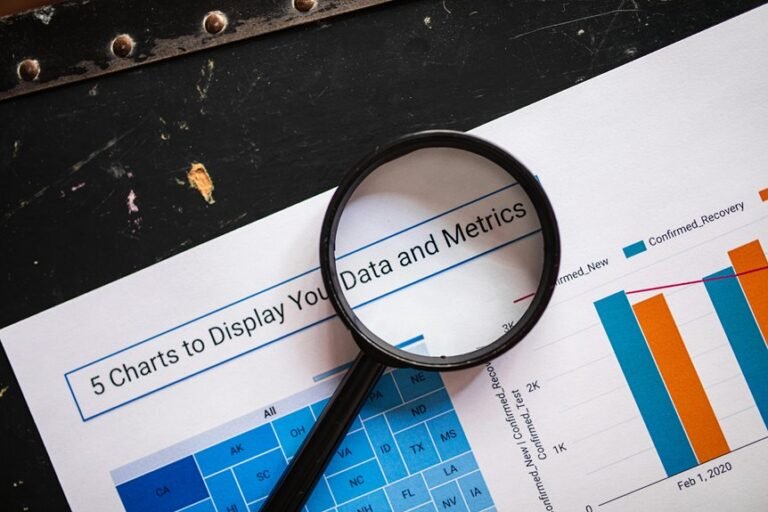Verify Calls From 4048915162, 5403907253, 8146267131, 4073620259, 3175503882, 5024888789
Verifying calls from numbers like 4048915162, 5403907253, 8146267131, 4073620259, 3175503882, and 5024888789 is essential in today’s digital environment. These digits often represent potential threats, including scams and identity theft. Assessing their legitimacy through various identification tools can mitigate risks. Understanding the implications of engaging with unknown callers is critical. But what strategies can effectively protect against these threats?
Identifying the Numbers: Who’s Calling?
How can one effectively identify unknown callers?
Utilizing caller identification tools can streamline this process. A phone number lookup service allows individuals to ascertain the identity of the caller by cross-referencing the number against databases.
This method not only enhances personal security but also empowers users to make informed decisions about answering calls, fostering a sense of autonomy in communication.
Potential Risks Associated With Unknown Calls
What dangers lurk behind unknown calls? The potential risks include phishing attempts, identity theft, and financial scams, which can exploit unsuspecting individuals.
Engaging with such calls without call verification can lead to significant personal data loss. Enhancing scam awareness is crucial; individuals must remain vigilant against the deceptive tactics employed by fraudsters using unknown numbers to infiltrate their privacy and security.
Tips for Handling Unsolicited Calls
The risks associated with unknown calls highlight the necessity for effective strategies in managing unsolicited communications.
Individuals should utilize call screening features to identify potential threats before answering. Additionally, adopting measures to block unwanted numbers can significantly reduce disturbances.
Staying informed about the latest scams empowers users to make educated decisions, ensuring their communication remains secure and their personal freedom is preserved.
Conclusion
In conclusion, verifying calls from numbers such as 4048915162, 5403907253, and others is essential in an era rife with scams. The theory that all unknown calls pose a risk is supported by a growing number of identity theft cases linked to unsolicited communications. By employing caller identification tools and remaining vigilant, individuals can effectively mitigate these risks, transforming fear into informed action. Ultimately, the choice to engage or dismiss these calls lies in the hands of the informed consumer.

